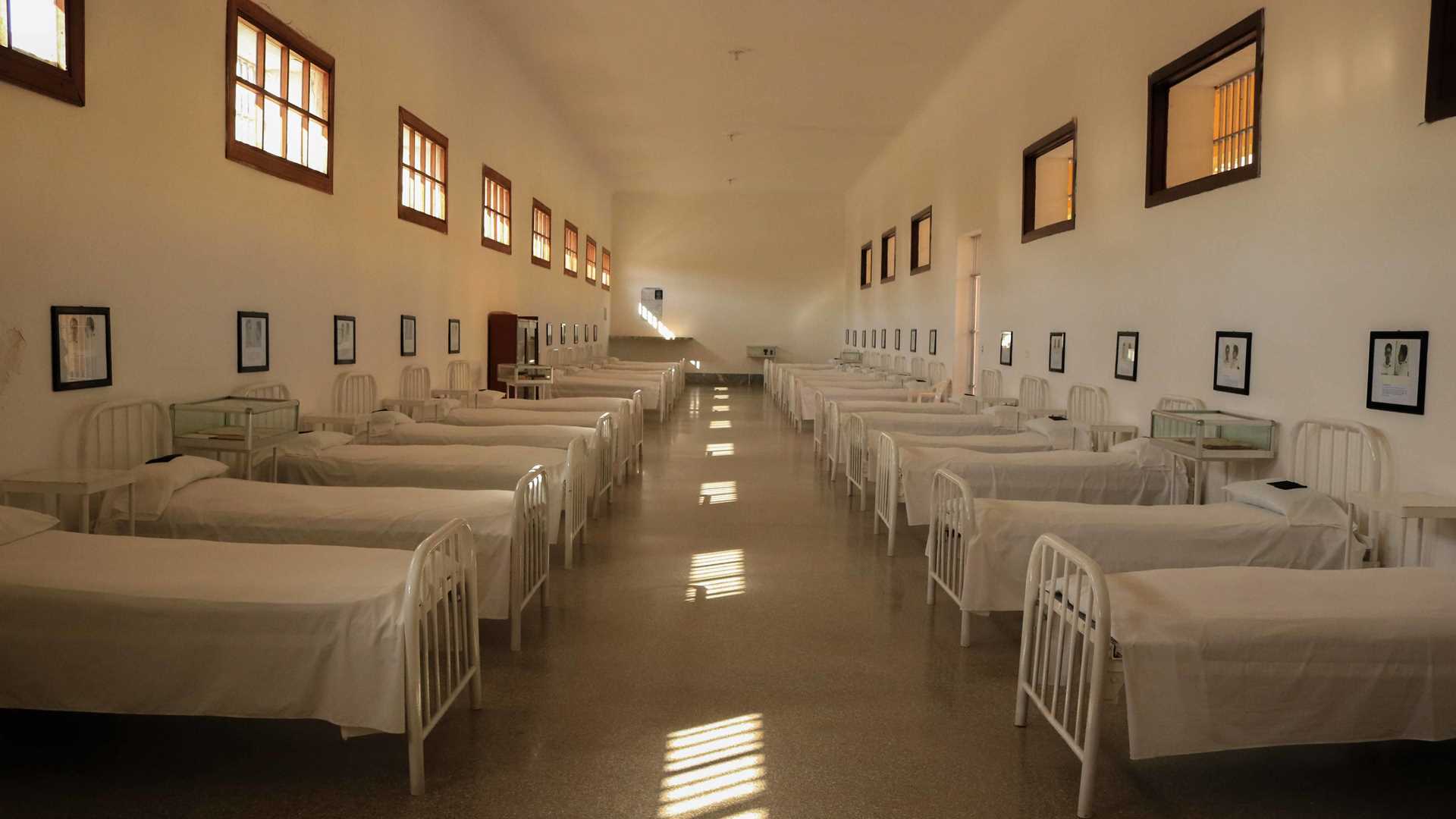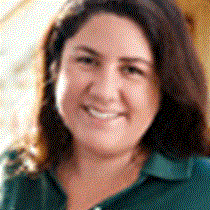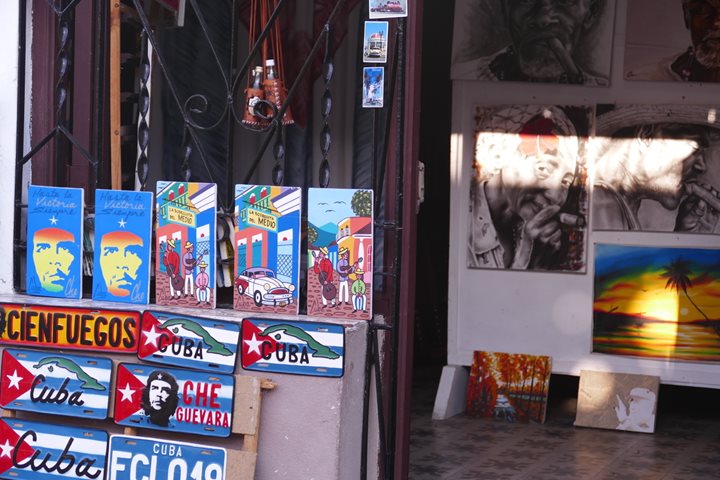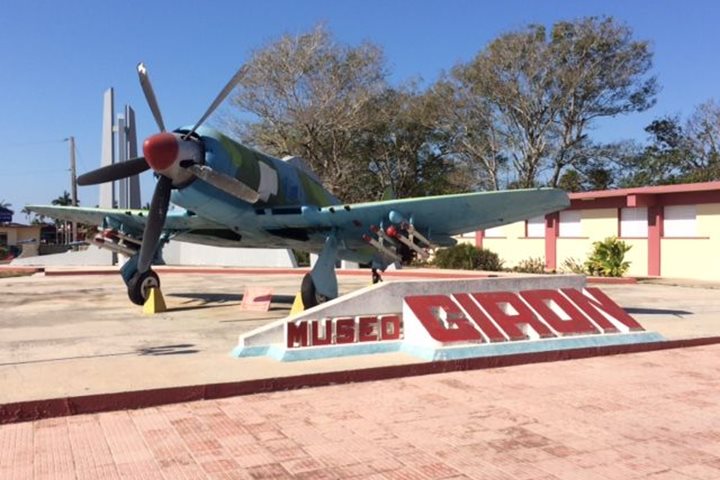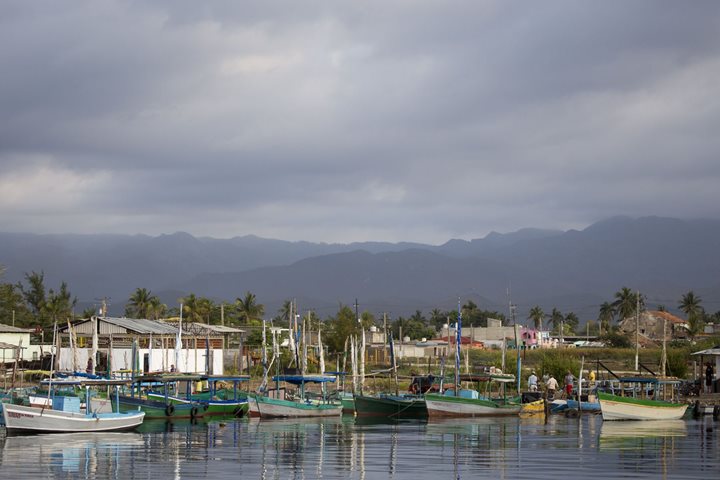With its name, we can foresee that this island is a sort of Never Never Land. It was the landmass for a project which started in 1977 by bringing young people from Cuba and abroad, to teach them from primary school to University. They had sixty studying centers with youngsters from African, Asian, and Latin-American countries. Cuba was generous to give education, food, and accommodations to people from about 44 different nations. But the dream did not last forever, and with the crisis starting in 1989 those schools had to close.
The international students are gone, however “pineros” (people from the island) keep thriving. They produce charcoal and energy sources from an introduced and invasive plant, the marabú. They are fishing, growing all kinds of vegetables and working their marble quarries. Today there are 3.000 self employed people on Isla de la Juventud.
The island has not always been a happy place however. A “model prison" of Panopticon design, it was built between 1926 and 1931, during the repressive regime of Gerardo Machado. The Panopticon is a type of jail building conceived by English philosopher and social theorist Jeremy Bentham in 1785. The concept of the design is to allow an observer to observe (opticon) all (pan) prisoners. The prison had four huge buildings that could hold up to 934 convicts each. They had no privacy, as their cells were constructed on six floors around a central watch tower. They never knew if they were being watched.
Today it is a museum and it was our first stop on the island. The penitentiary was also the place where Fidel Castro, his brother Raul, and other revolutionaries were kept from October 1953 to May 1955.
Isabel Venero, director of the museum, and Olalis Reynaldo, museum technician, took us room by room, sharing the stories of the men who had suffered behind the walls. They showed us some of the books that Fidel got into the prison, a total of 600. “Batista visited this jail in 1954, and Fidel and his group were not allowed to get out to see him. But they sang through the window the Anthem of their revolutionary movement, and that’s when Fidel was sentenced to 15 months in solitude,” we were told.
We saw the dinning room for the Panopticon, a central circular building where people had to sit one behind the other. No eye contact, only three minutes to eat, and no talking. The place is known as the dinning room of the 3.000 silences.
We left the museum to stop at a maternity home for prenatal care, where we had a conversation with one of its doctors, Malvi Leiva. They have capacity for 15 women. The place is for ladies who are at any risk when giving birth. They take care of them until it is time to go to the hospital. Cuba has been able to keep the mortality rate at child birth down to 49 for every thousand births.
A guest asked if we were not intrusive, but then we met Bismani Aguilar, a twenty-two-year-old woman who was actually within hours of giving birth. “It can be any moment. It’s painful from time to time, but it’s good to be able to talk to people to distract myself. My baby’s name will be Kelvin,” she said.
Guests asked her if her husband was going to be in the delivery room. “He could, he is allowed. But I prefer he is not. You know how men are. Then the doctors will have to take care of him, and forget about me!”
Lunch was in the capital of this “especial municipality”, Nueva Girona, at a place called La Isla.
The owner Leonel “El Chino” told us about his family. His grandfather had come from Mallorca, Spain, in his own fishing boat. All generations became fishermen as well. El Chino likes the ocean, and that’s the theme of his place, but he preferred to become an entrepreneur, opening a family business on the 27th of December of 2013. So we were actually celebrating, all together, his fourth anniversary. His mother-in-law Anita, his sister-in-law Licely, his son Leo, and several nephews and nieces are the workers of this pretty place.
After lunch we visited the Nueva Girona art school, where its director Telma Estrada answered several interesting questions. Many wanted to know about the selection procedure for kids with skills for specific instruments or for dancing. They have eighty-seven kids, from primary to secondary school, not only studying art, but also their regular school curriculums.
We walked the streets of Nueva Girona and made new friends. The cobblestones, the benches at the public areas, and the monuments are all made of beautiful marble of different colors: pink, grey, and white, extracted from the very mountains that surrounded us.
We headed back to the harbor and boarded the “Safari” boat, with its happy Capitan Placido Roura and even happier motorist Boris Gomez. We said farewell to our local guide Carlos Larrinaga (or just “Larry”) and weighed anchor for our next adventure, one hundred miles eastwards.

